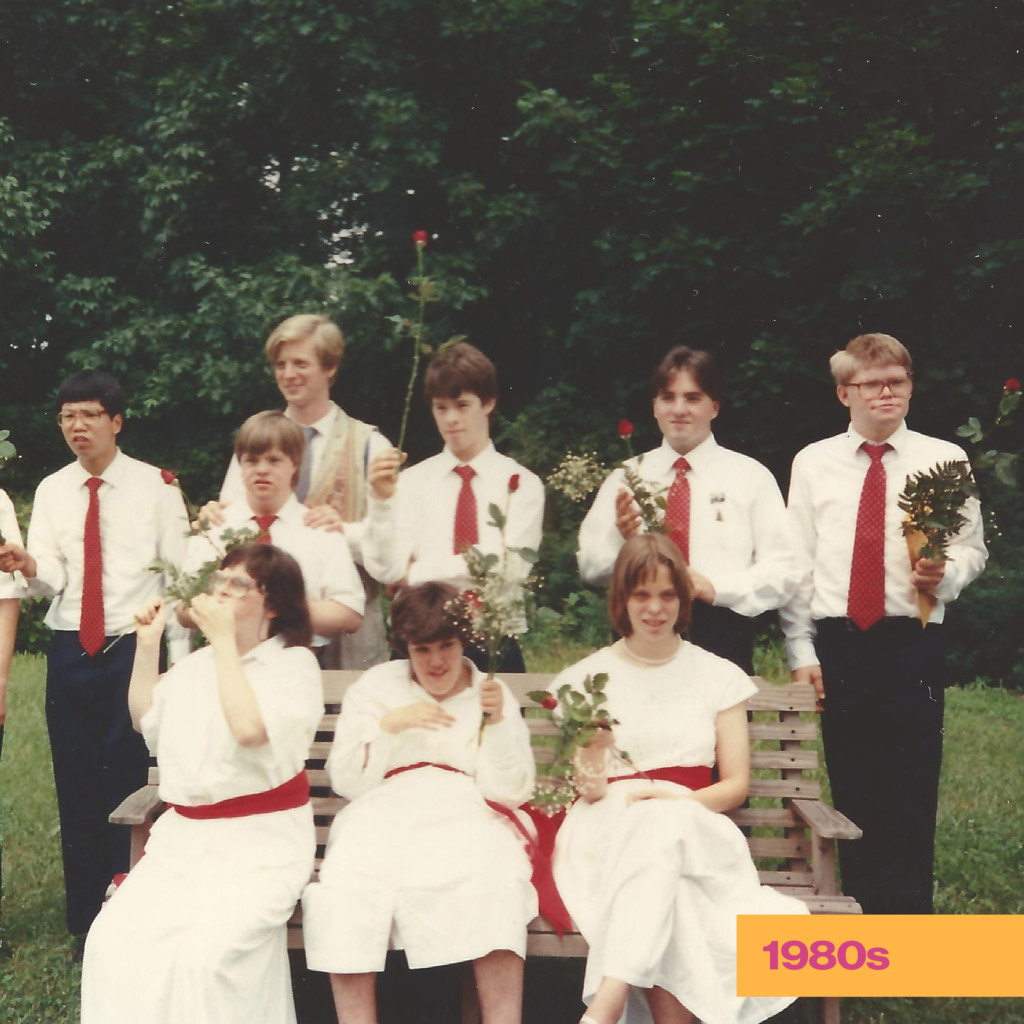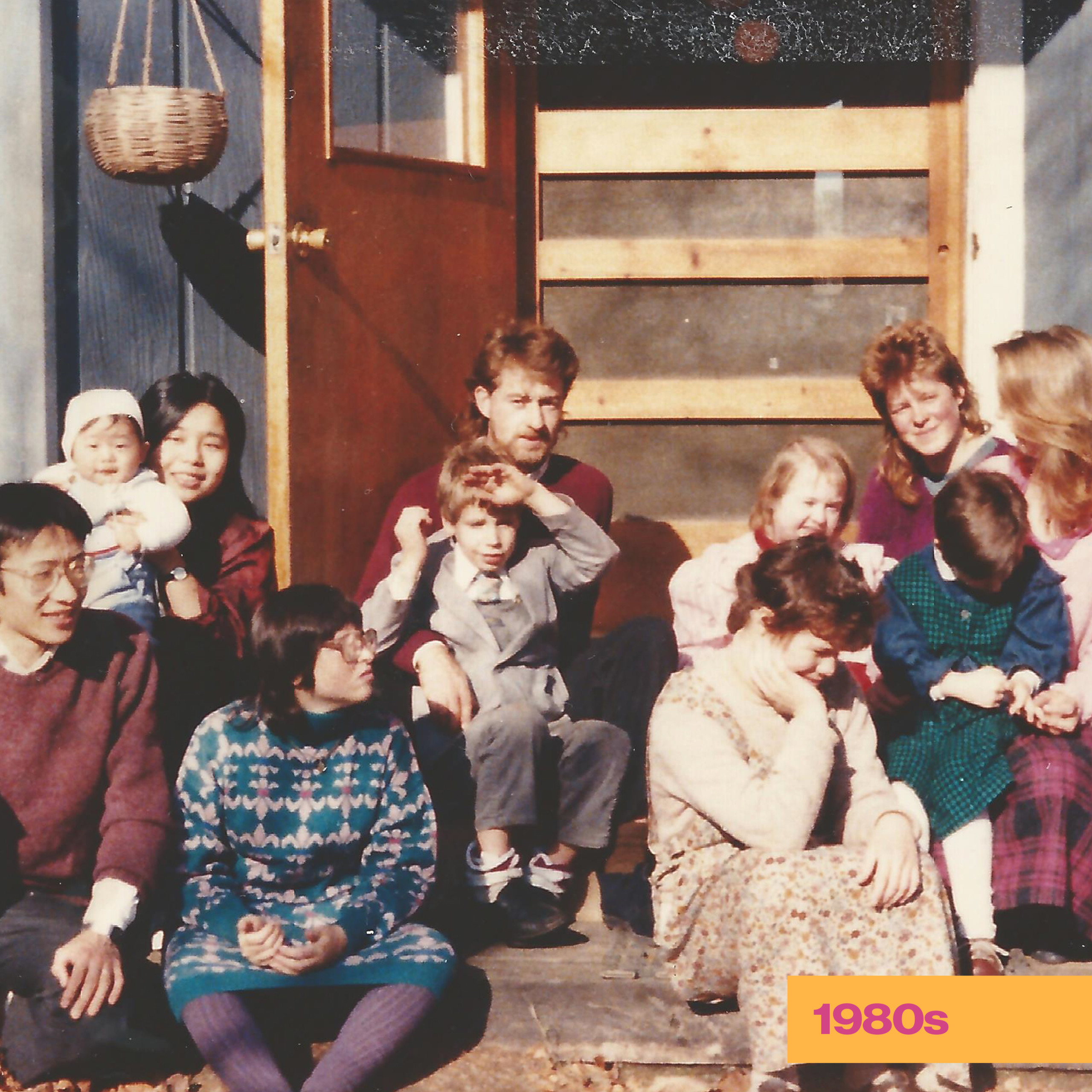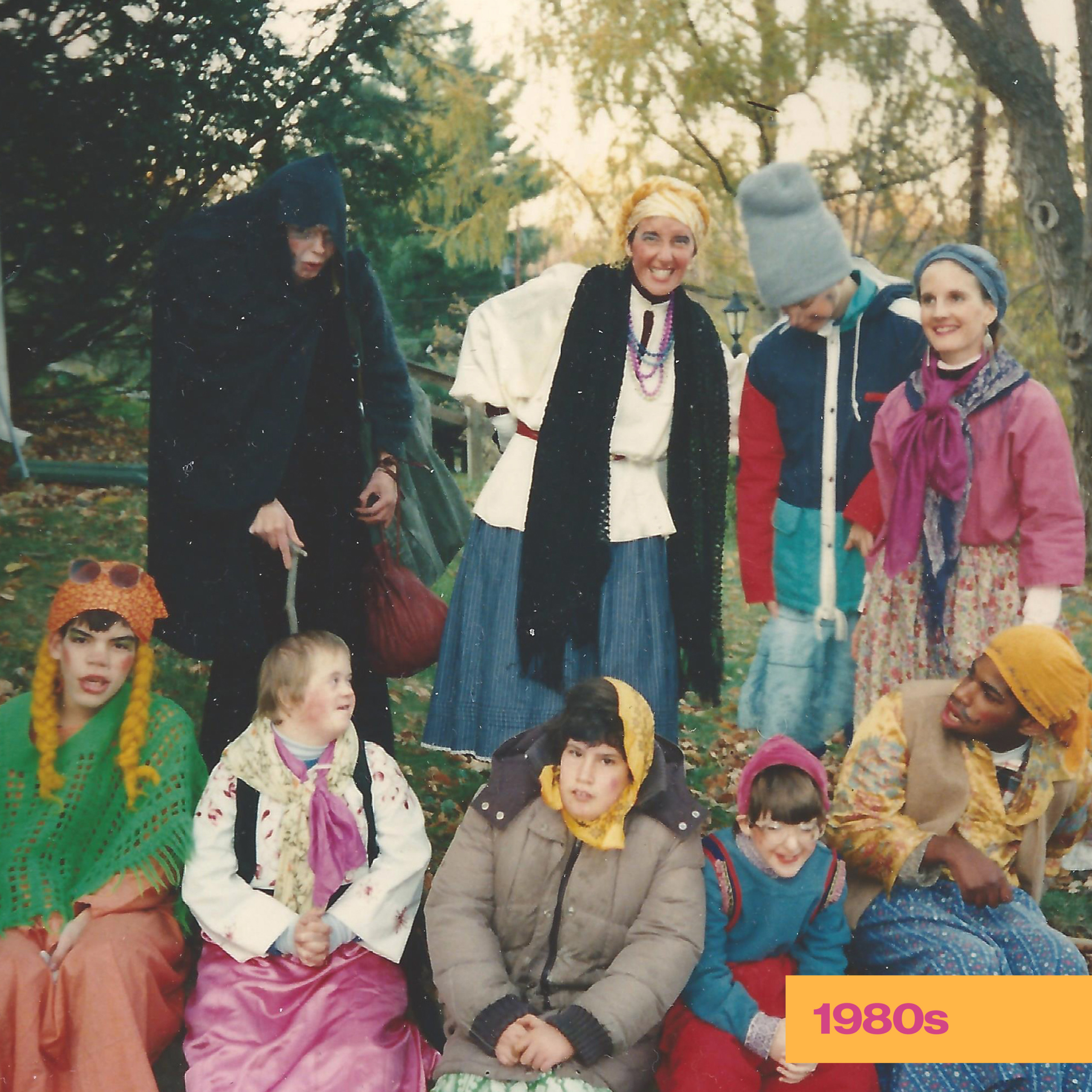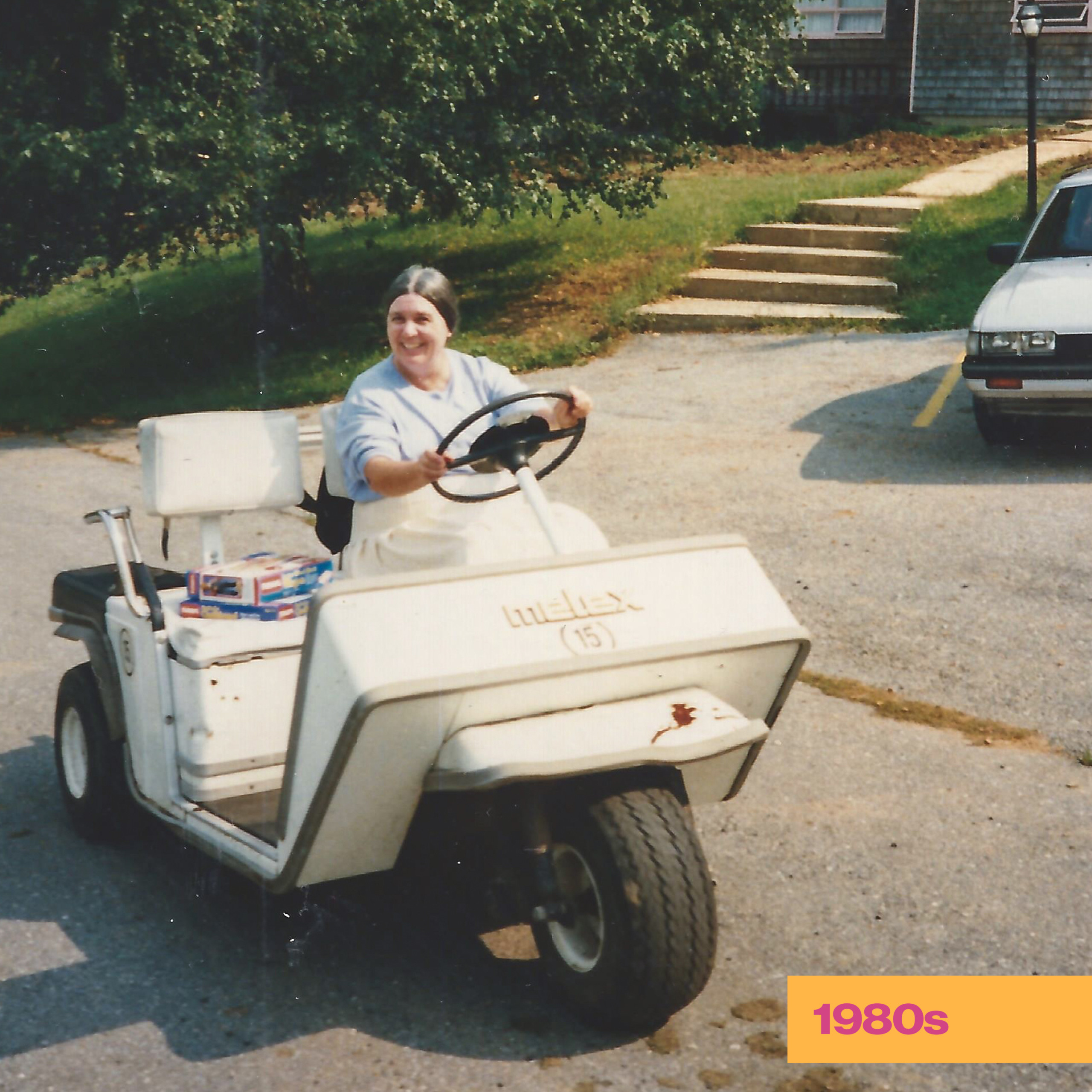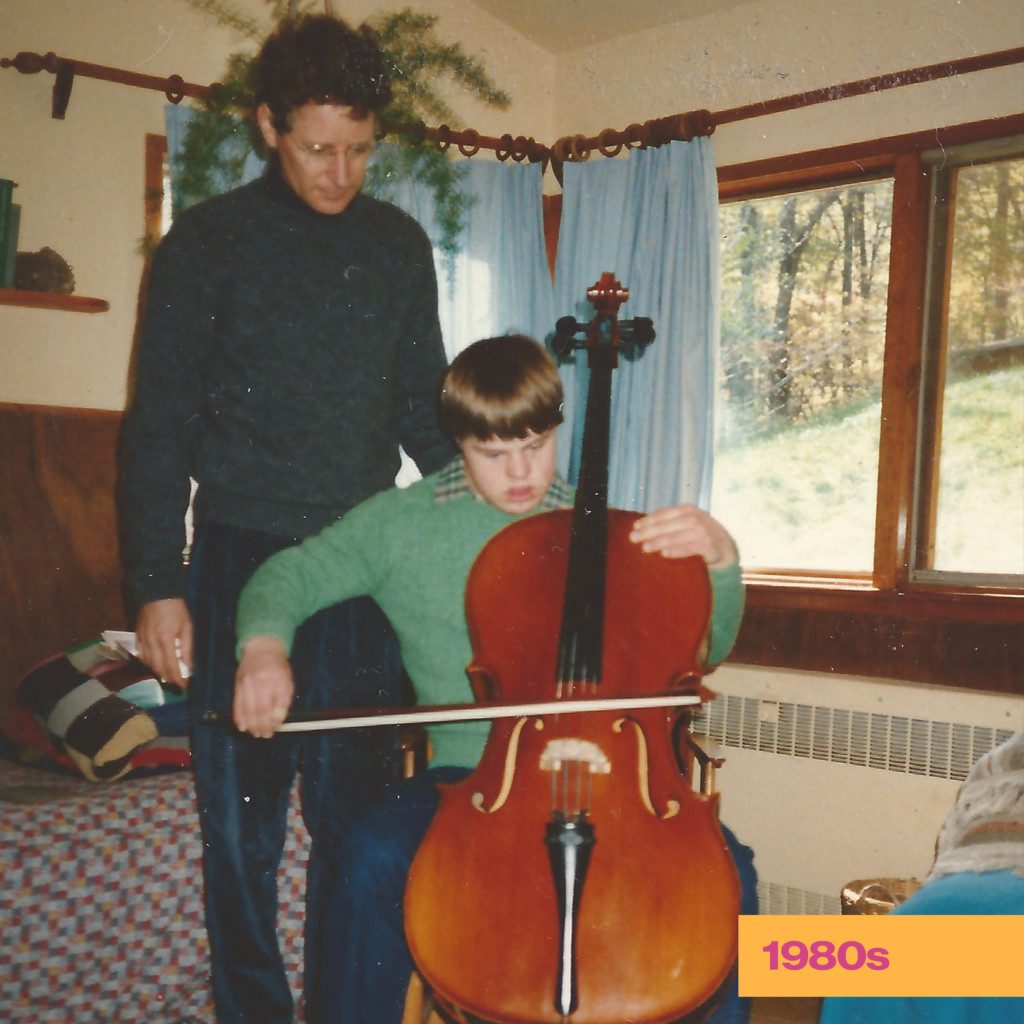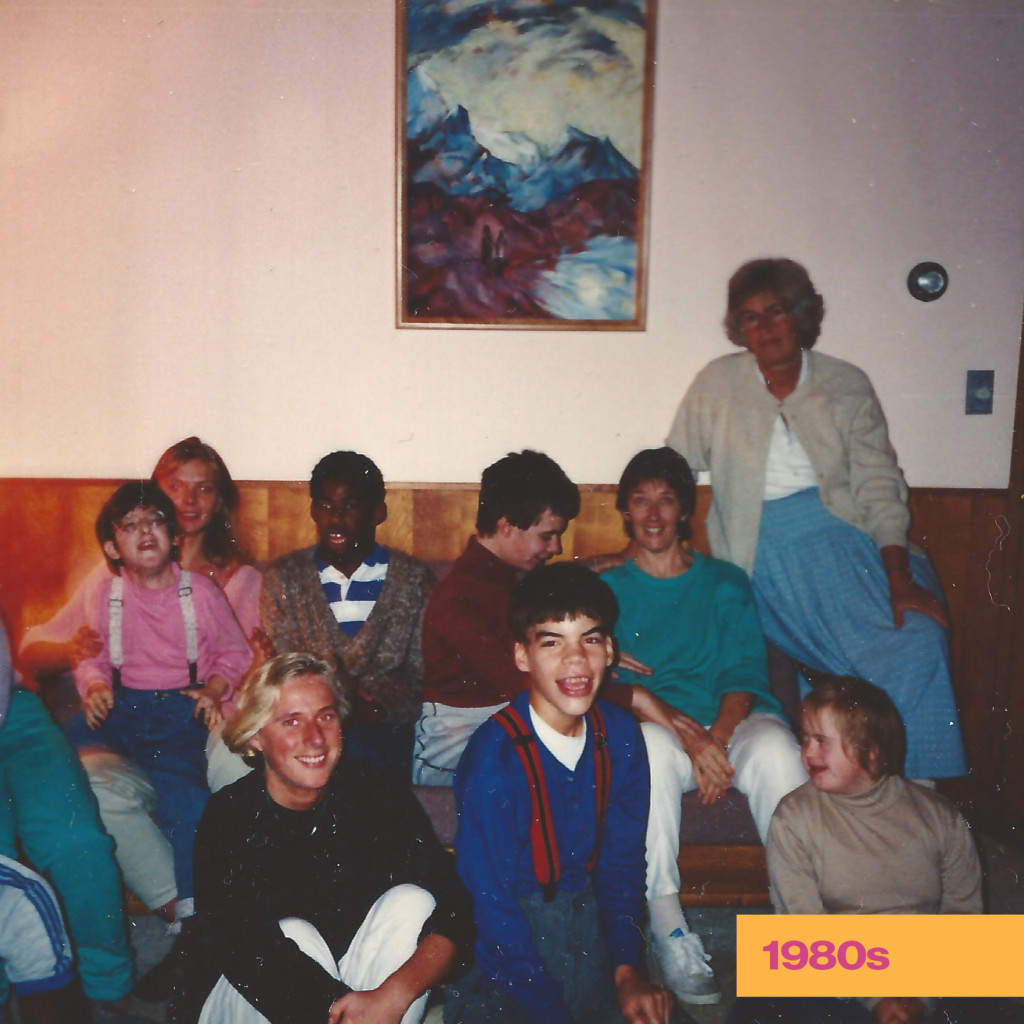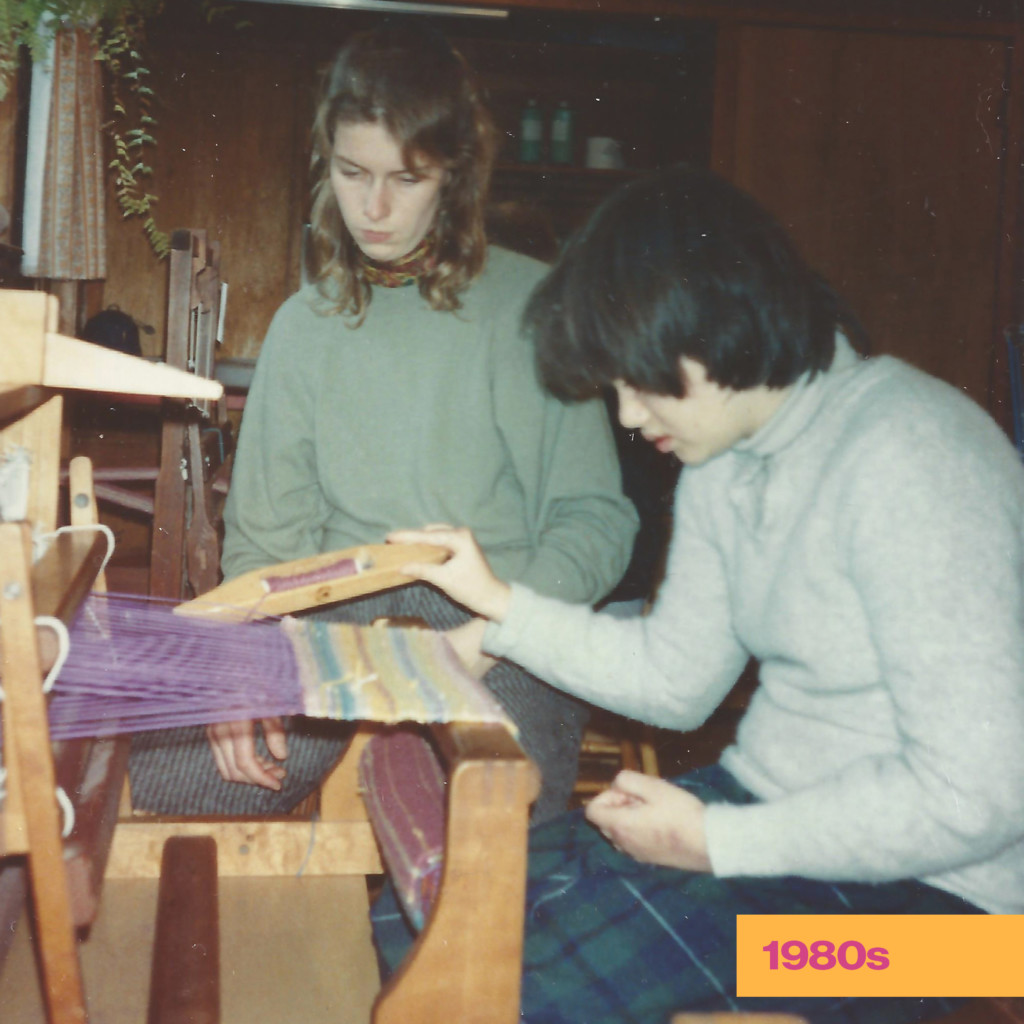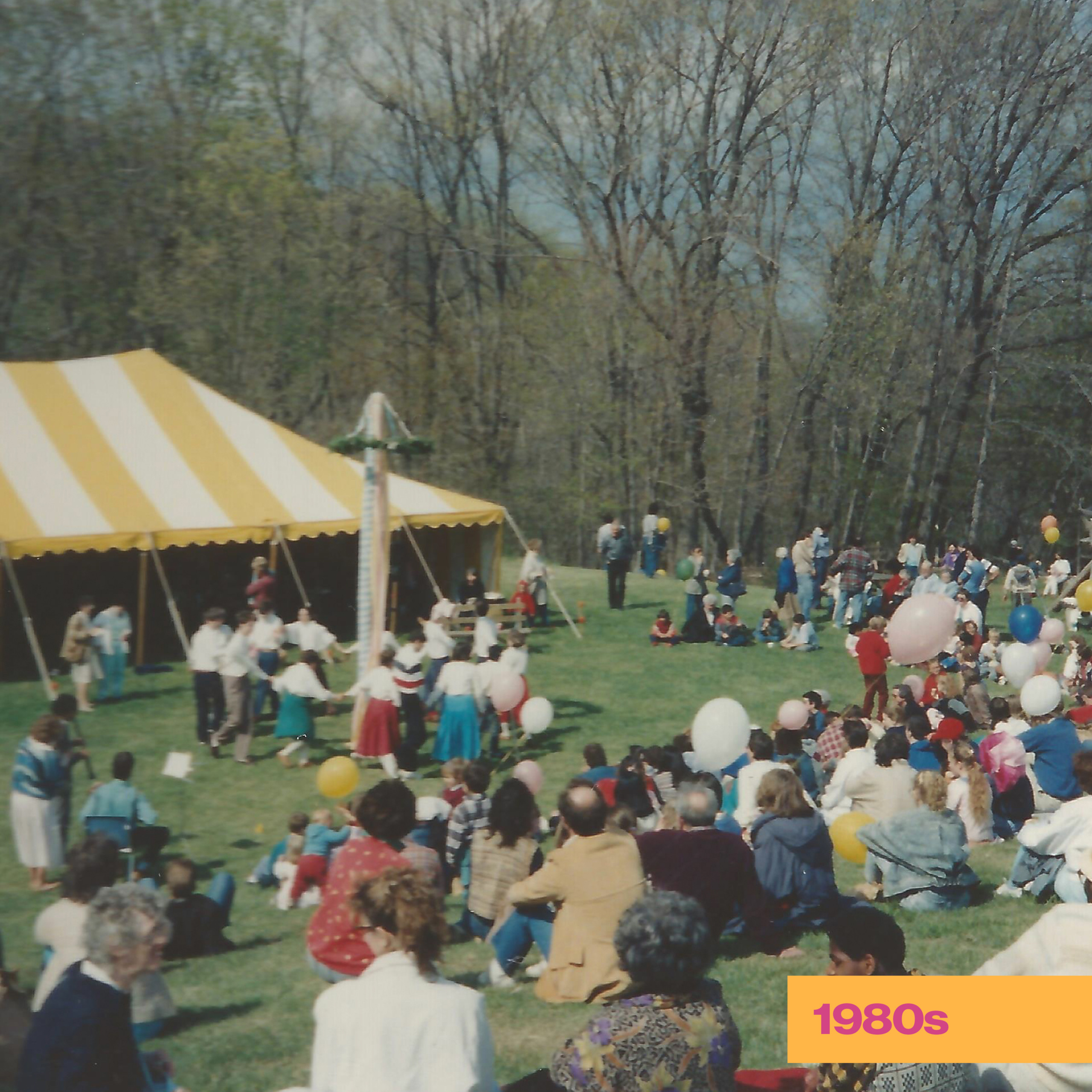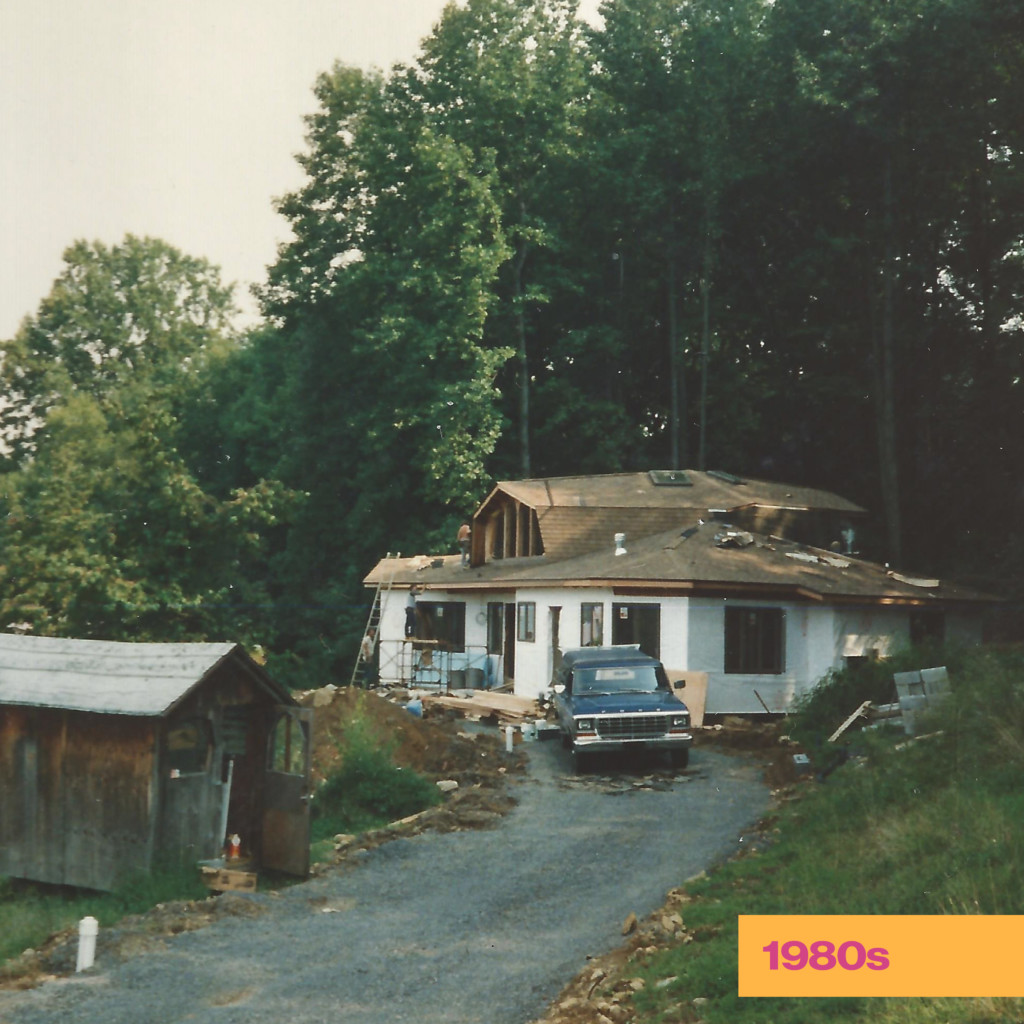The Camphill School History – 1980s
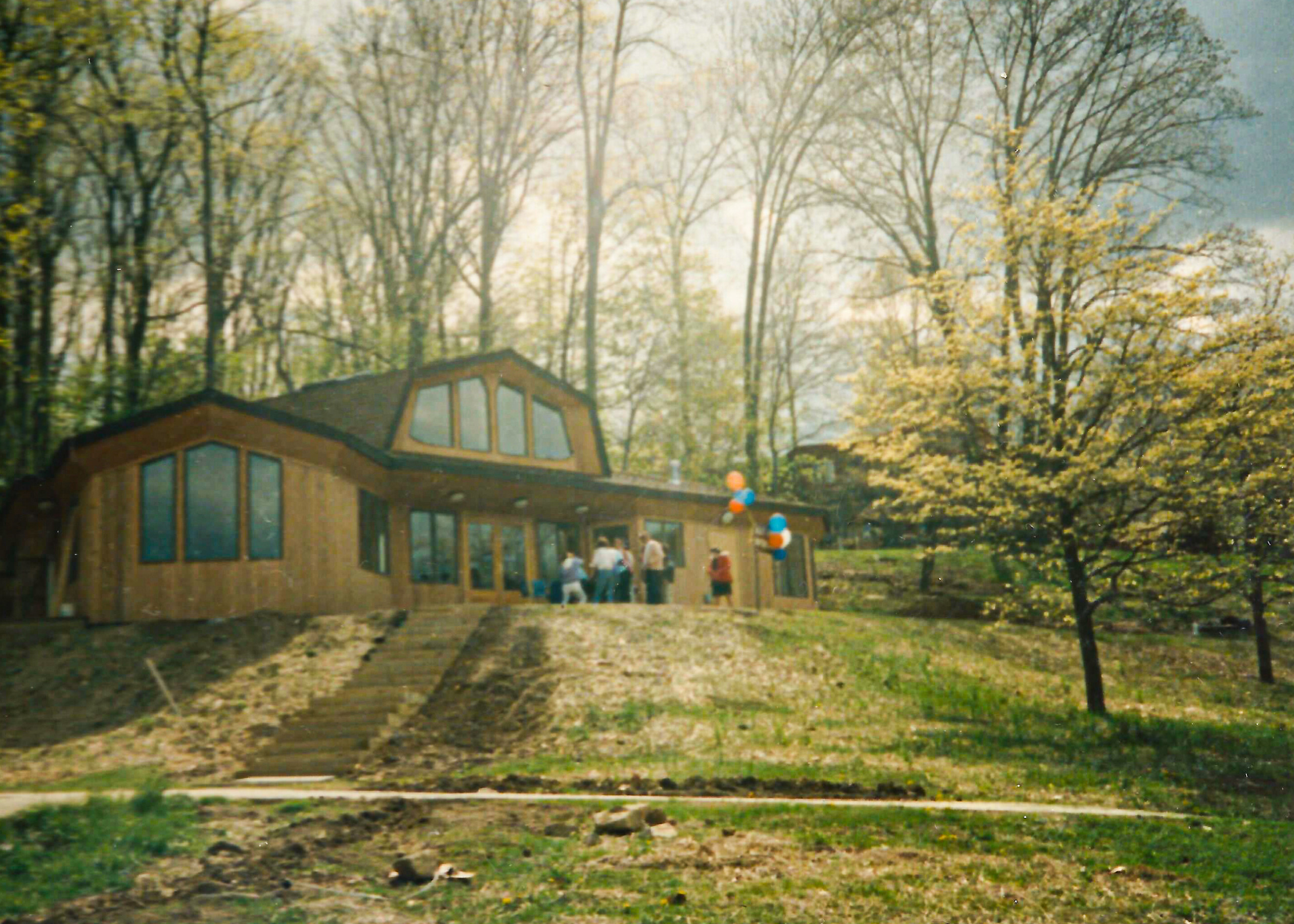
The 80s brought a huge shift in how The Camphill School administrative side operated, and it is important for everyone to understand the society and what was happening at that moment in time.
The school was operating in a world post-Civil Rights movement. People were becoming more aware of what is and what is not appropriate in the care and education of individuals with disabilities. The deinstitutionalization was full steam ahead, with facilities closing all over the country. The Education for All Handicapped Children Act of 1975 tightened the rules for education all over the country. Our school needed to change to stay up to standards, and that was not easy. Bernard Wolf, School Director in the early 80s, wrote:
In 1978–79, Beaver Run received a rude awakening in regard to the “threat from the world.” The New York State Education Department informed us that we were no longer approved for funding for New York children. At that time, about 33 percent of our students were funded by New York, and 40 percent resided in New York. Several weeks of extreme chaos and emotion reigned in regard to enrollment. Many New York students just did not come back. Our scholarship fund was hastily born, which allowed some to return on a private basis. Some parents vigorously wrangled with their school districts and managed to maintain district funding without state involvement. This was presented as an objective opportunity to demonstrate that we were eligible for reapproval.
The following visit happened in 1980, and we were once again accredited as a private school. In the following years, a lot was done to provide training and certification to our residential staff (an effort still true to this day) and also to implement the highest standards possible with documentation and professionalism of our administrative offices. Thank you to those individuals in the early 1980’s we now have the structure and the knowledge that we need to serve our students well.
Another thing that happened during the 80s was the rapid expansion of our physical structure. So many houses were built in that decade, like our therapeutic building, Celandine, in the fall of 1988.
That brings a good opportunity to explore the meaning behind the names of those buildings.
The Names of the Houses
- “Whitestone”: the only house built of stone – and painted white
- “Chantry”: that part of a church/chapel in which the Irish monks of Bangor, Northern Ireland, sang (it is said for one hundred years) uninterrupted, day and night. Since the Pietzners came from Glencraig, N. Ireland, this was a nice memory.
- “Rock Crystal”: after the A. Stifter story of “Bergkristall,” in which the children are protected and saved. This story was part of the foundation stone for our “Children’s Village.”
- “Antanor”: is a hero/knight from the Parzifal story
- “Catalpa”: a tree
- “Elderberry”: a healing plant (name chosen by Janet, our nurse)
- “Oak Hill”: the tall strong oak in front of the house, like a protector
- “Ember”: after amber, a golden color
- “Woodledge”: at the edge of the woods (difficult to choose this name)
- “Trillium”: Ingelore and Manfred came from Canada, where the little trillium plant grows wild; they brought and planted one (though it did not survive).
- “Garden House”: in front of our big garden; Carlo painted a mural of Naboth and the vineyard on the outside wall.
- “Celandine”: a healing plant; Greek story at its dedication
- “Rainbow Hall”: colored apse windows
- “Karl König House”: in honor of the founder of the Camphill organization
